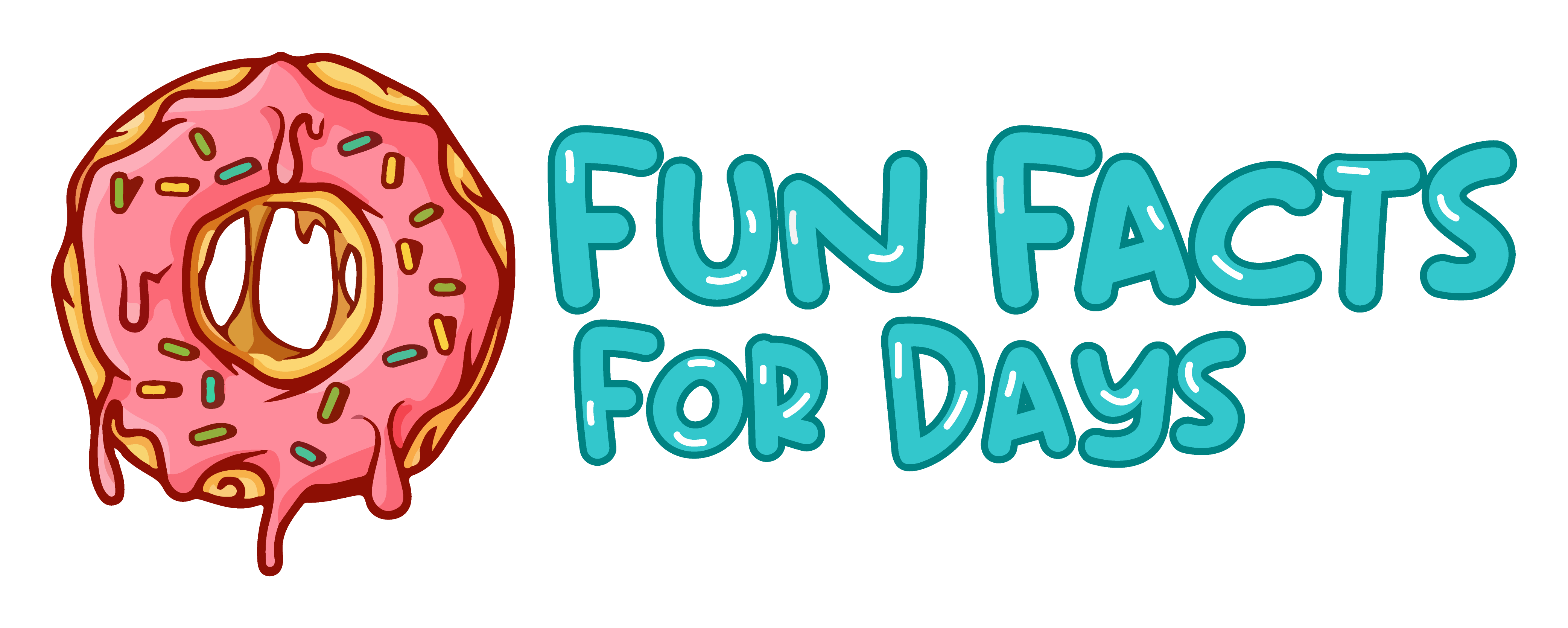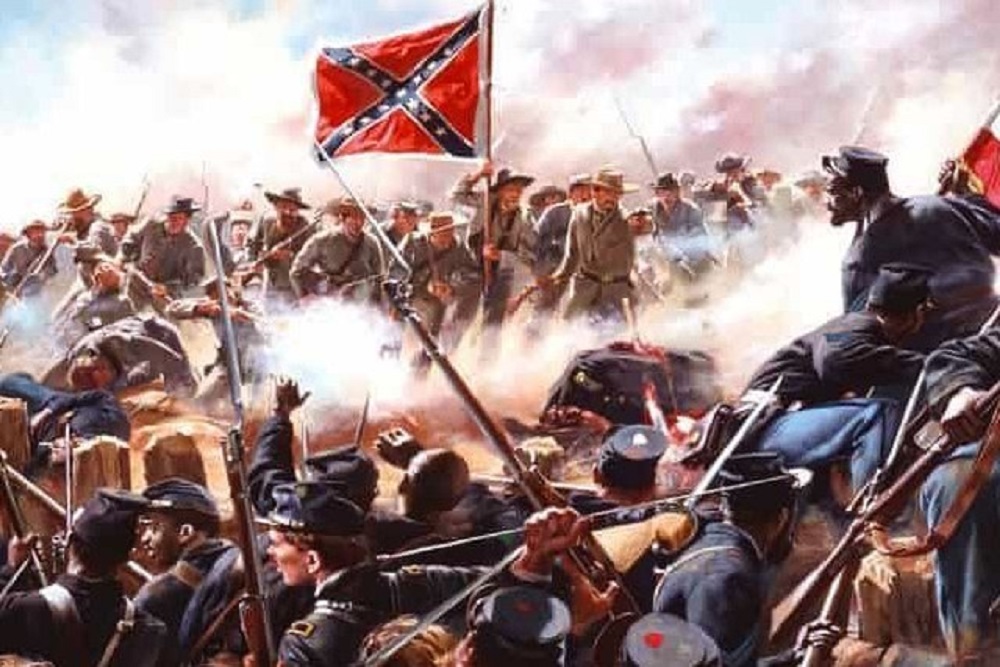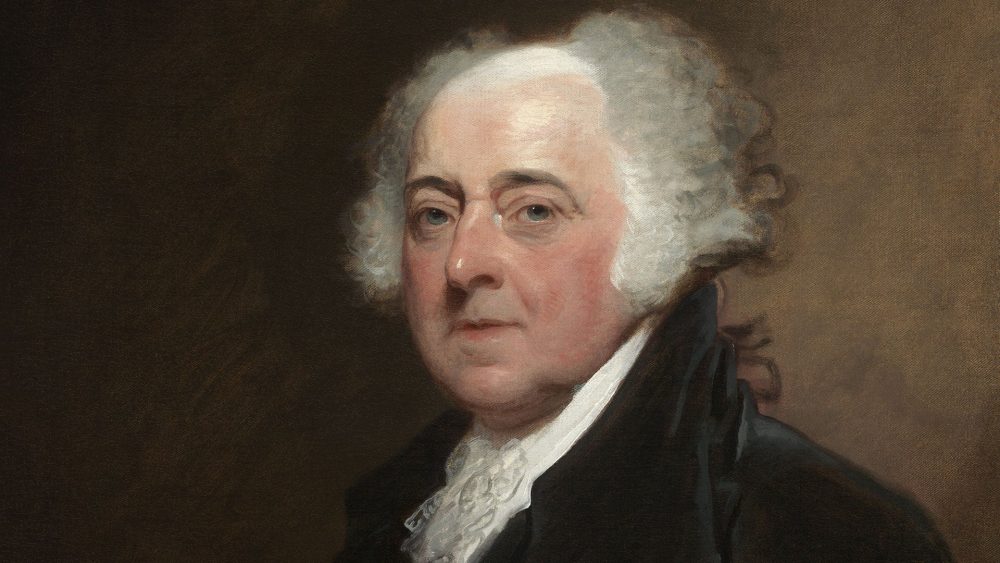In the annals of aviation history, few events have captured the imagination of aviation enthusiasts and the general public like the MacRobertson Centenary Air Race. This daring and audacious race, which took place in 1934, celebrated the centenary of the state of Victoria, Australia.
Spanning over 11,300 miles from Mildenhall, England, to Melbourne, Australia, the MacRobertson Air Race showcased the incredible advances in aviation technology and the indomitable spirit and determination of the participating aviators. This article delves into this iconic race's history, significance, and legacy.
Setting the Stage
The MacRobertson Centenary Air Race was named after Sir Macpherson Robertson, a wealthy Australian confectionery manufacturer and philanthropist who generously sponsored the event.
Robertson's motive was twofold: to celebrate the centenary of Victoria, where he had built his fortune, and to promote aviation, a passion of his. With a prize fund of £15,000 (equivalent to around £1.2 million today), the race attracted teams of aviators worldwide, eager to prove their mettle.

Pixabay/ Pexels | Organised by the Royal Aero Club in London, the race ran from RAF Mildenhall in East Anglia to the Flemington Racecourse in Melbourne, a distance of approximately 18,200 km
The Race Begins
On October 20, 1934, the Mildenhall Aerodrome in England buzzed with excitement as the race commenced. A total of 20 entrants representing nine nations, including the United Kingdom, Australia, the United States, and Italy, took off into the skies.
The race rules were simple: fly from Mildenhall to Melbourne as quickly as possible, with mandatory stops at designated checkpoints. The racecourse covered a staggering 11,300 miles, traversing diverse and challenging terrain.
Challenges Overcome
The MacRobertson Air Race was not for the faint-hearted. Aviators faced numerous challenges throughout the journey. They battled treacherous weather conditions, navigational difficulties, engine failures, and exhaustion. Long stretches over the vast deserts of the Middle East and Asia tested the endurance of both pilots and aircraft. The race was as much a test of human fortitude as a showcase of technological prowess.
The Winning Teams
After nearly three weeks of grueling flying, the Dutch team, piloted by KLM airline employees Captain Parmentier and First Officer Moll, emerged victorious. They completed the race in just over 90 hours, setting a record for several years. The KLM DC-2, named "Uiver," showcased the reliability and performance of Dutch aviation technology. The Uiver's victory was a testament to meticulous planning, navigation, and a little luck.
The second-place prize went to the British team of Charles Scott and Tom Campbell Black, who piloted a De Havilland DH.88 Comet named "Grosvenor House." Their incredible flying skills and the speed of their aircraft captivated spectators and solidified their place in aviation history.
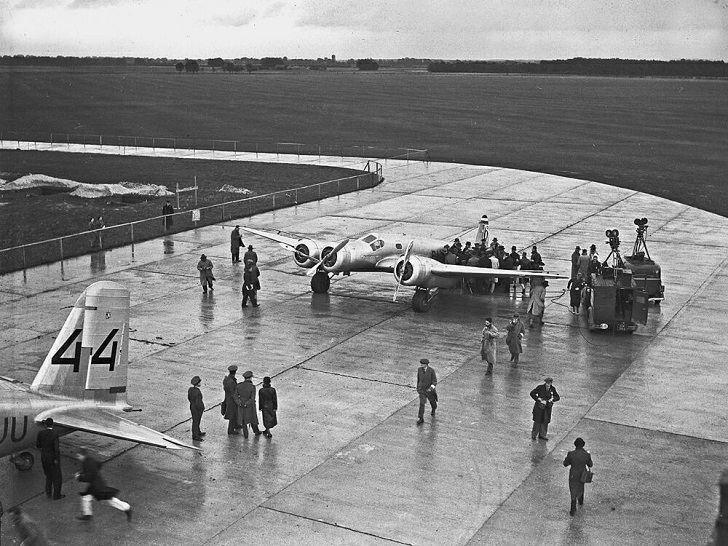
Tom Wigley/ Flickr | There were five compulsory stops at Baghdad, Allahabad, Singapore, Darwin, and Charleville. Otherwise, competitors were free to choose their own routes.
A Legacy of Innovation
The MacRobertson Air Race was a showcase of aviation endurance and a catalyst for innovation. The race spurred advancements in aircraft design, navigation, and long-distance flying.
The competition encouraged aviation engineers and manufacturers to push the boundaries of technology, resulting in faster, more reliable aircraft. These innovations ultimately contributed to the development of commercial aviation, making long-haul flights more accessible to the general public.
The Race's Enduring Legacy
The MacRobertson Centenary Air Race left an enduring legacy in the world of aviation. It highlighted the potential of long-distance air travel and the importance of efficient aircraft design. Moreover, it cemented the role of aviation as a global industry, fostering cooperation and competition among nations to push the boundaries of what was possible in the skies.
The MacRobertson Air Race also helped strengthen international aviation regulations and cooperation. The racecourse passed through multiple countries, necessitating coordination between governments and aviation authorities. This experience paved the way for the development of international aviation treaties and agreements, which remain crucial to the functioning of the aviation industry today.
Celebrating Human Spirit
Beyond the technological advancements and international cooperation, the MacRobertson Air Race celebrated the indomitable spirit of the aviators who participated. These men and women faced adversity head-on, battling exhaustion, weather, and technical difficulties to fulfill their dream of reaching Melbourne. Their determination and courage inspired people worldwide and showcased the power of human ambition.
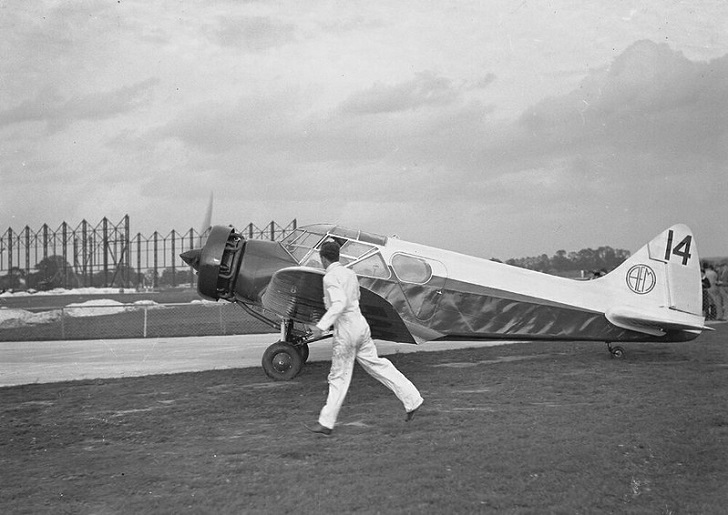
Tom Wigley/ Flickr | Comet G‑ACSS was the outright winner of the race
A Tale of Triumph and Tragedy
While the MacRobertson Centenary Air Race is primarily remembered for its triumphs, it was not without its moments of tragedy. Several aircraft faced accidents and mishaps along the way, resulting in the loss of lives. These incidents served as a somber reminder of the dangers of early aviation and the risks associated with long-distance racing.
Conclusion
The MacRobertson Centenary Air Race 1934 remains an iconic event in aviation history. It celebrated not only the centenary of Victoria, Australia, but also aviators' remarkable achievements and aspirations worldwide. The race pushed the boundaries of technology, endurance, and international cooperation, leaving an indelible mark on the aviation industry.
Today, the MacRobertson Air Race symbolizes human determination and the relentless pursuit of progress. It reminds us that despite daunting challenges, with the right combination of ambition and innovation, the sky is not the limit – it's just the beginning.
